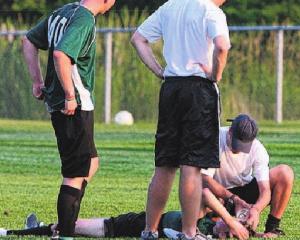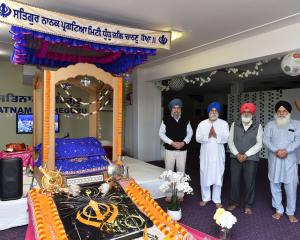A University of Otago physicist, Prof Rodger recalls that in science fiction - including H.G. Wells' War of the Worlds - aliens are often portrayed as invaders of Earth, and bringing powerful ray guns.
It was something of an ironic reversal that Nasa's Mars rover, Curiosity, should land on Mars with its own laser.
Curiosity is the biggest, most powerful and most scientifically well-equipped rover to land successfully on the red planet.
"I think it's quite fun that these things have come together," he said this week.
Many previous Mars missions had proved costly failures, and one early robotic rover was only about the size of a skateboard.
The latest rover was the size of a car - a nuclear-powered, well-equipped mobile geochemical laboratory.
"That's a hell of a step." When Prof Rodger first heard of plans to lower the rover on wires from a hovering rocket-powered platform, it sounded like "good science fiction".
His doubts were dispelled by the landing, which was a success for US scientists and engineers.
"They really haven't lost the ability to dream but they bring those dreams to reality." Prof Rodger, who has taught an astronomy paper at the Otago summer school for the past 10 years, said optimism had been growing in recent years that microbiological life could eventually be found on Mars.
Water was often thought necessary for the development of life, and large amounts of ice had been detected on Mars.
And recent research on Earth showed some micro-organisms, called "extremophiles", thrived in extreme environments and some microbes could also long survive in a chilled, inactivated state.
Would primitive life ever be found on Mars?
"The jury's still out."












